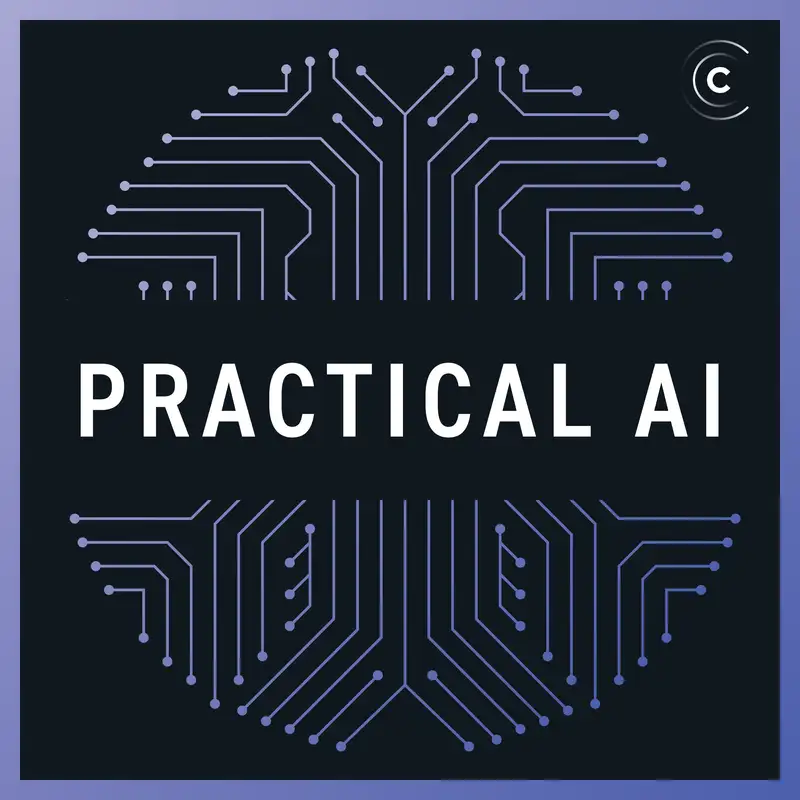Reinforcement learning for chip design
Daniel and Chris have a fascinating discussion with Anna Goldie and Azalia Mirhoseini from Google Brain about the use of reinforcement learning for chip floor planning - or placement - in which many new designs are generated, and then evaluated, to find an optimal component layout. Anna and Azalia also describe the use of graph convolutional neural networks in their approach.
Changelog++ members support our work, get closer to the metal, and make the ads disappear. Join today!
Sponsors:
- Linode – Our cloud of choice and the home of Changelog.com. Deploy a fast, efficient, native SSD cloud server for only $5/month. Get 4 months free using the code changelog2019 OR changelog2020. To learn more and get started head to linode.com/changelog.
- AI Classroom – An immersive, 3 day virtual training in AI with Practical AI co-host Daniel Whitenack. Get 10% off using the code PRACTICALAI10. To learn more and purchase tickets go to datadan.io.
- Fastly – Our bandwidth partner. Fastly powers fast, secure, and scalable digital experiences. Move beyond your content delivery network to their powerful edge cloud platform. Learn more at fastly.com.
- Rollbar – We move fast and fix things because of Rollbar. Resolve errors in minutes. Deploy with confidence. Learn more at rollbar.com/changelog.
Featuring:
- Anna Goldie – GitHub, LinkedIn, X
- Azalia Mirhoseini – LinkedIn, X
- Chris Benson – Website, GitHub, LinkedIn, X
- Daniel Whitenack – Website, GitHub, X
Show Notes:
- Their research paper
- Google Brain
- Google is using AI to design chips that will accelerate AI | MIT Technology Review
- Practical AI episode #47: GANs, RL, and transfer learning oh my!
Something missing or broken? PRs welcome!
Creators and Guests




